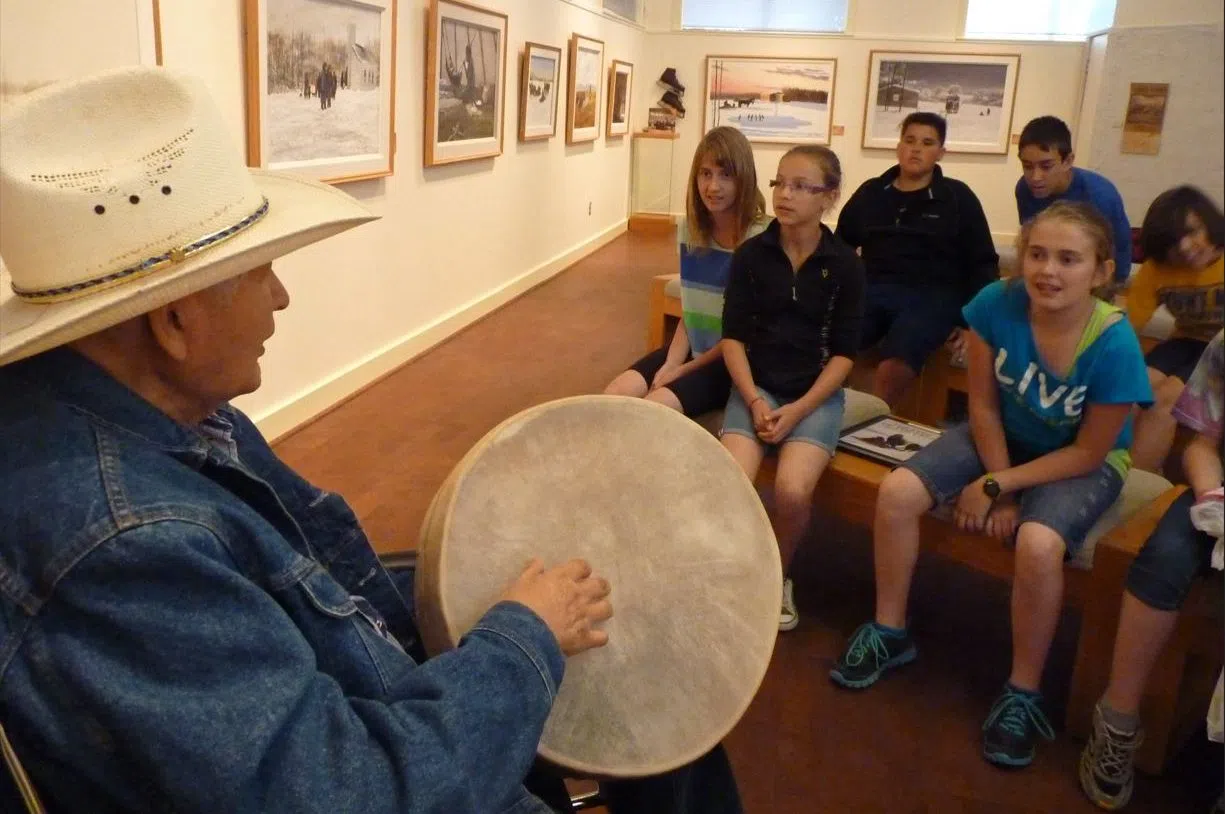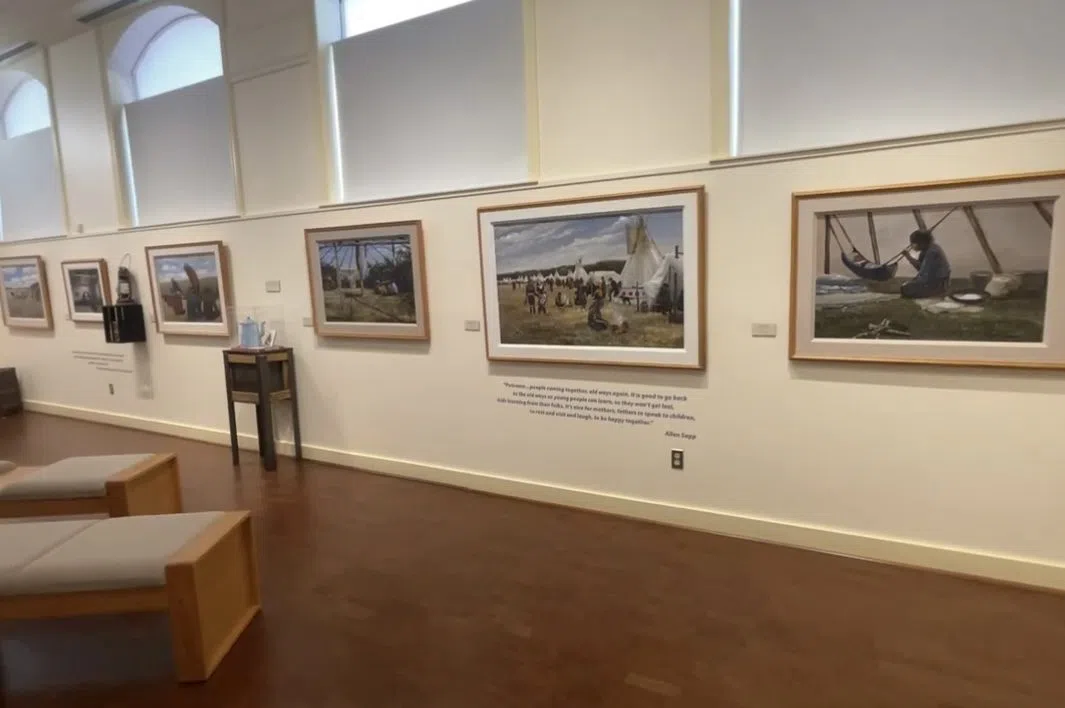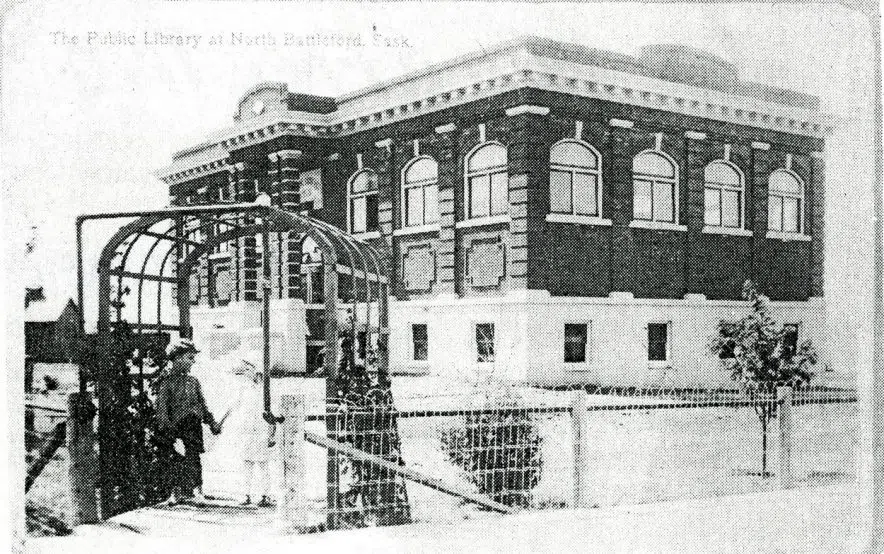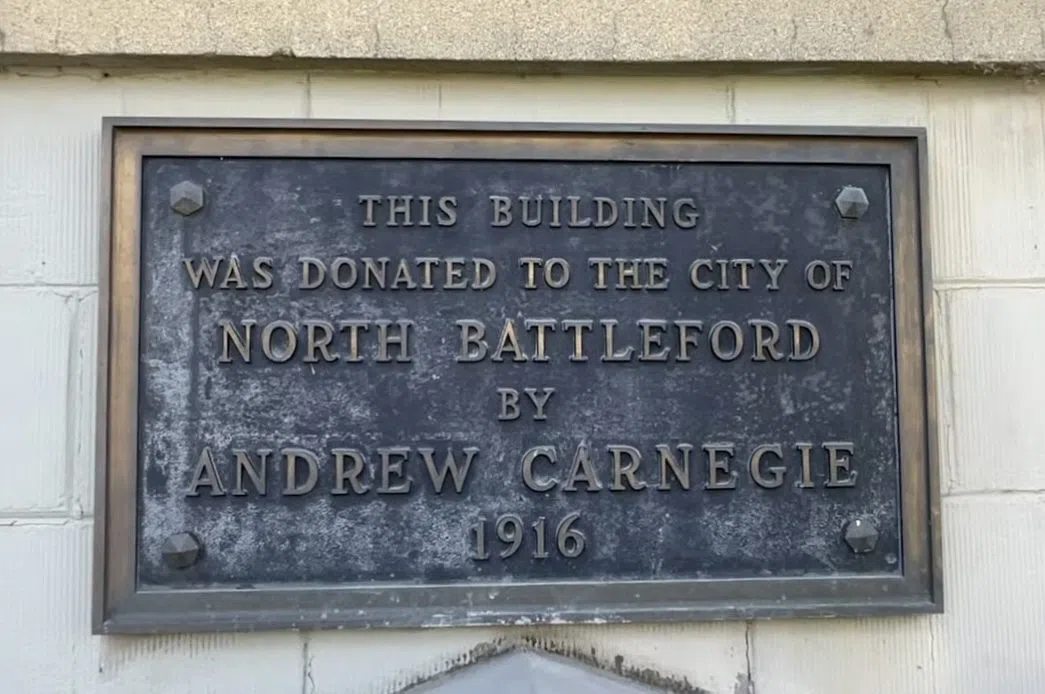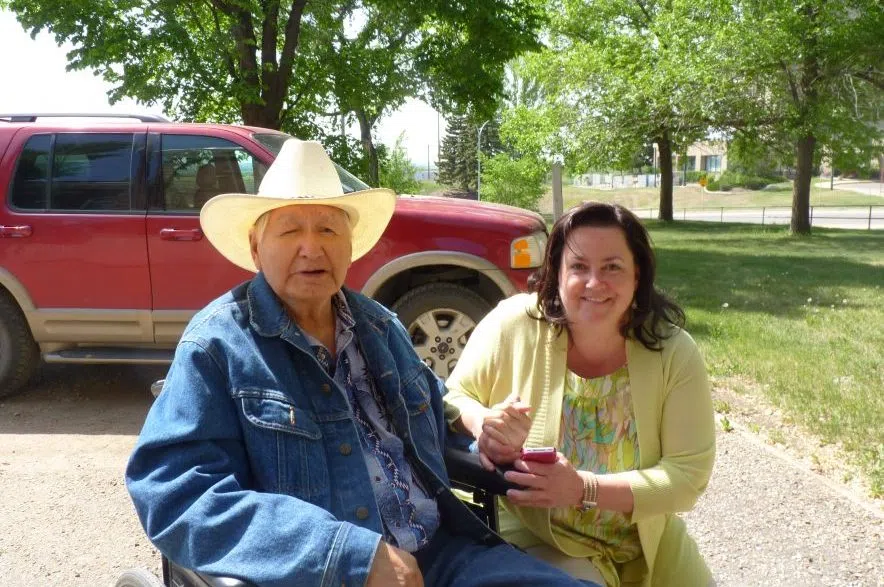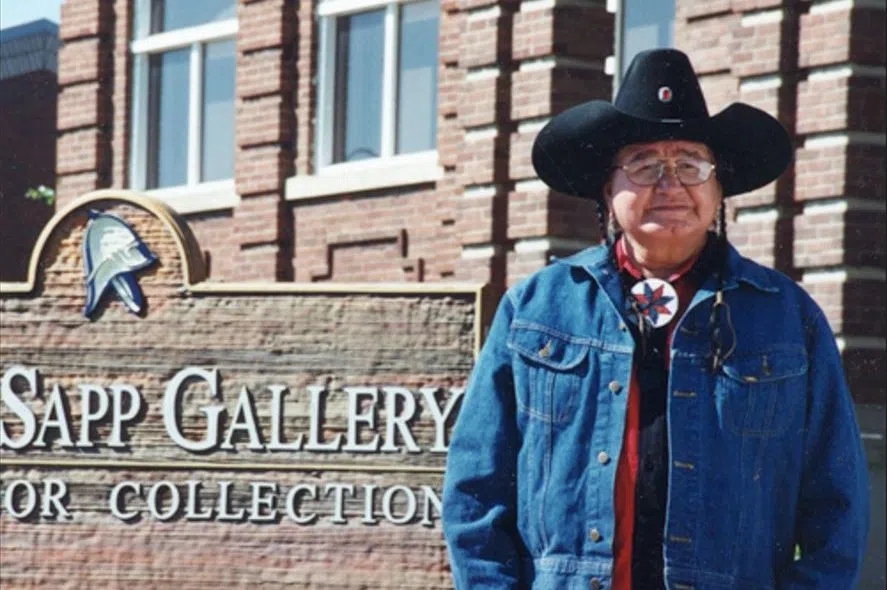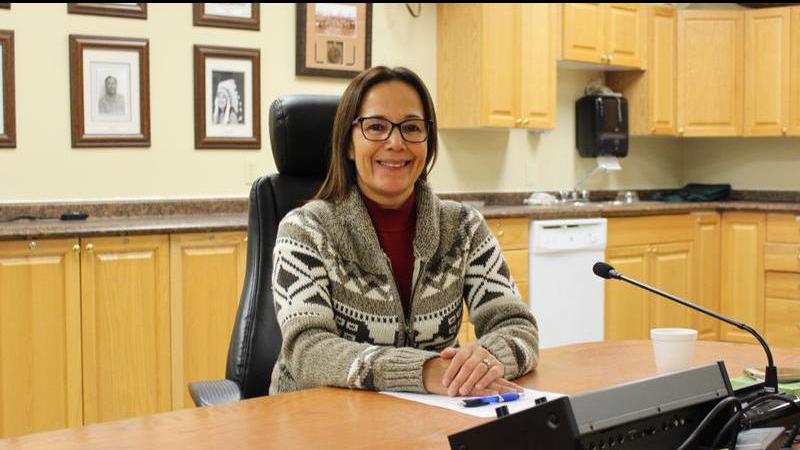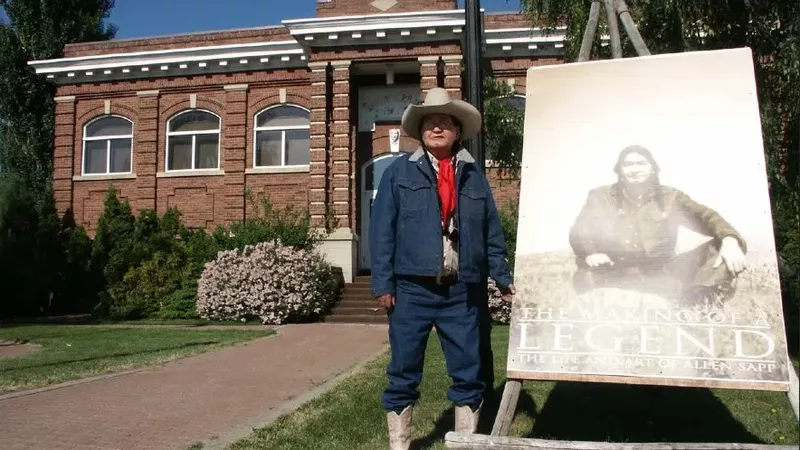
Allen Sapp Gallery vying for provincial heritage designation
Allen Sapp made his final visit to the gallery that bears his name shortly before he died in 2015.
“I hadn’t seen him in a while and I wasn’t sure what the state of his health was. We had a school group here… and they had just finished a tour,” recalled Leah Garven, the gallery’s curator.
“He was sitting right over there in the wheelchair. The group leader was leading them out. They were like ‘Shhh… We’re going to go. We don’t want to disturb him,’” said Garven.
Sapp noticed the children quietly filing out of the gallery and called out, motioning for the group to join him.

